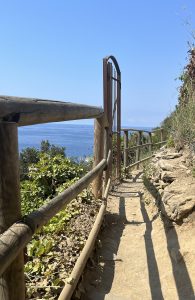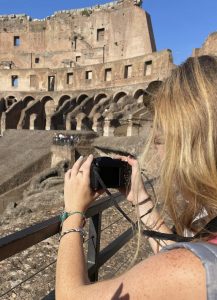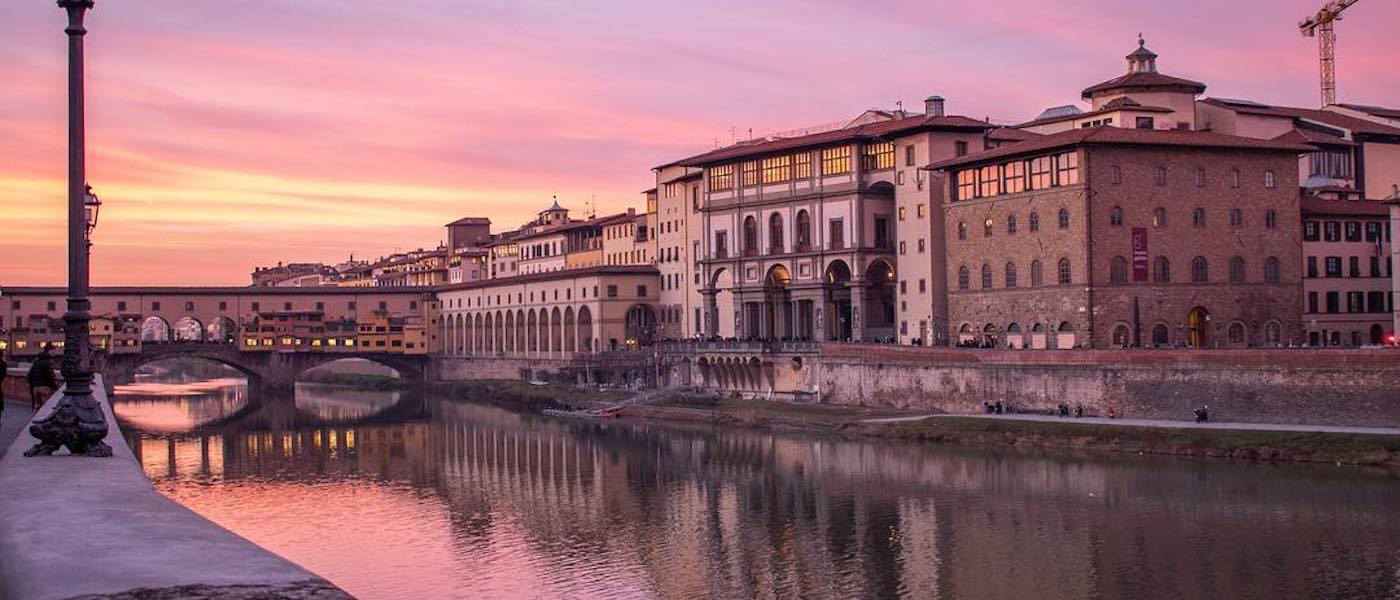When traveling to a new place, adjusting to a new lifestyle may be difficult. As different cultures structure their days differently, it is vital to be prepared for an altered routine. People in various countries differ in the time they work, the time they eat meals, the way they dress (according to fashion trends/weather), and the standard modes of transportation they utilize. If you approach these differences with flexibility and preparation, you may tackle your journey with better energy and enthusiasm, receiving the best experience possible!
Adjusting to Time
The first step to maintaining your energy is adequate sleep. Upon arrival in Italy, I was exhausted from the flight and carrying my bags. After taking a nap at the hotel and getting a full night of rest, I began to recover slowly. As adjusting to a new time zone was difficult, I found planning my outfit the night before prevented stress in the morning. Similarly, taking a shower in the morning helped wake me up to start the day.
Traveling With Your Belongings
In Italy, trains and buses are heavily used modes of transportation. When utilizing these public forms of transportation, it is essential to consider how you are carrying your belongings. It is common for people to be mugged in these areas. You must keep your belongings close to you and watch them intently. I suggest using a money belt to hold your money and important documents like your passport. Money belts, similar to fanny packs, go around your waist and are designed to be concealed under your clothes. Ultimately, do not carry anything too heavy, as you will tire quickly and may become preoccupied and distracted from the excursion.

Trail to Monterosso Beach
Learning How to Walk Again
If you are not accustomed to walking frequently, be prepared to change that! Walking is the most common way of getting places in Rome, Florence, and other urban parts of Europe. It is best to be mentally and physically prepared to walk for long periods. You must be comfortable and prepared for a day of walking, so you are not stressed or distracted from the experience. On the first day in Rome, we walked to the Spanish Steps, Trevie Fountain, Pantheon, Colosseum, and Roman Ruins. Carry a water bottle with you and check your itinerary and the weather frequently so you can dress appropriately. Dressing comfortably allowed me to be fully present throughout the tours and appreciate the impressive monuments.

Capturing the Colosseum
When’s Lunch?
In Italy, it is customary to eat a light breakfast early in the morning (Ex. coffee and a croissant), a slightly bigger lunch in the afternoon (Ex. Panini or salad), and then a heavier dinner later around 7/8 o’clock (often with multiple courses). As this structure may differ throughout Europe, it is helpful to be familiar with these times and bring snacks to energize you throughout the day. Depending on where you are from, you may be acclimated to eating a bigger lunch or earlier dinner. In this sense, preparation will allow you to keep up your energy throughout the day to enjoy a tour rather than perpetually question when you can eat something again.

Hydrating at the Trevi Fountain
Although adapting to a different lifestyle may be challenging, studying abroad is a unique and rewarding experience. I hope these tips can help you to tackle your journey with energy and enthusiasm so you may receive the best experience possible!
Amelia is a Summer 2022, Florence student in our Pre-College Program.


Comments
No comments yet